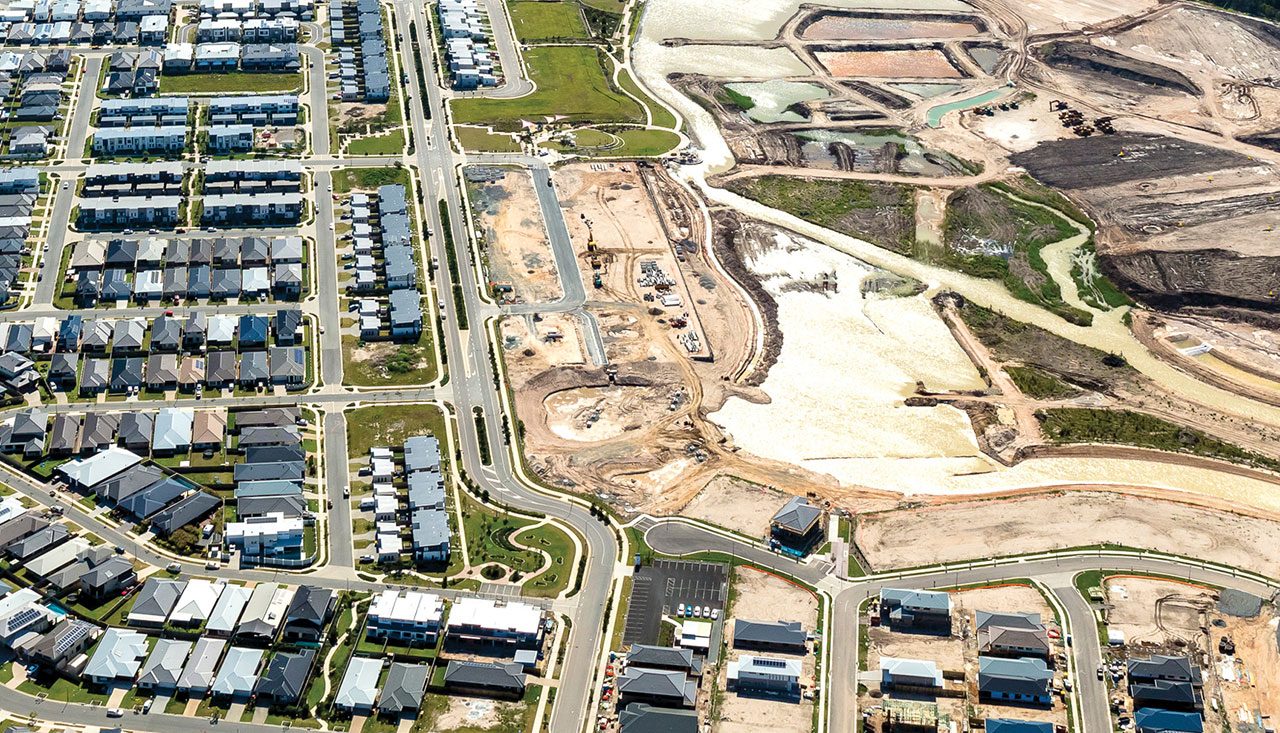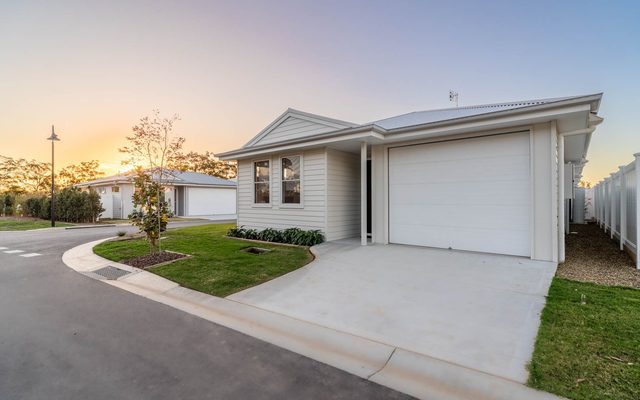This article is from the Australian Property Journal archive
THE NSW Productivity Commission has warned that the brief boom in housing completions in the late 2010s is about the largely undone, with Greater Sydney set to be 30,000 dwellings short of targets by 2026.
The Sydney CBD, inner west, the east and the north shore are expected to be hardest-hit by the undersupply, and Urban Taskforce CEO Tom Forrest said “the clear implication is frustration with the government’s manifest failure to progress reform the planning system and deliver greater housing supply”.
“Urban Taskforce welcomes the NSW Productivity Commission White Paper and congratulates Peter Achterstraat and his team for what is a brave and honest assessment of the NSW Planning System.” Forrest said.
Entitled Rebooting the economy, the white paper says “strict constraints on the location, nature and density of housing are limiting choice and leaving people with less income to spend on other goods and services.”
The shortfall of dwellings could reach 100,000 homes by 2038.
It noted the years from 2016 to 2019 brought a brief boom in housing completions.
“But this is expected to be largely undone in coming years. On current projections, housing supply will fall short of the Greater Sydney Region Plan’s 0–5 year targets. And forecasts for the 6–10 year window suggest we will fall well short of what needs to be delivered then too.
“By 2026, we will already be 30,000 dwellings behind in progress towards the Plan’s strategic target. Beyond 2026, the challenges may become even greater. Resistance from existing residents and tension with competing uses may rise as easier sites are developed and Sydney becomes denser.”
The causes it noted for the shortfall are regulations on apartments designs and car parking requirements; development applications taking longer to asses; proscriptive land use rules stifling innovative businesses in an evolving economy; government failure to provide public open green space to support population growth; an inefficient and opaque system of infrastructure fees and charges; poor coordination of land use planning and infrastructure delivery; and infrastructure bottlenecks being a drag on productivity.
“Without significant change to planning regulations, housing choice in areas of greatest demand will be increasingly scarce. At that point, Sydney’s housing supply will increasingly depend on growing house prices making high-density living viable in the outer suburbs,” the white paper said.
The CBD, Lane Cove and North Sydney are tipped to accommodate more housing, but middle and outer suburbs “will do most of the heavy lifting” in terms of supply, with forecasts projecting that only around 20% of new dwellings will be built in LGAs within 10 kilometres of the CBD, according to the NSW Department of Planning, Industry and Environment.
“Further, monetary policy is unlikely to provide the same support in future. Falling interest rates have boosted housing demand over the past decade, increasing housing prices and making development more feasible. But this cannot be relied upon to support housing construction in the future.”
The paper warned that while the Reserve Bank of Australia has committed to current low rates for the next three years, their eventual increase will only make development less feasible and the supply of new housing will, again, slow.
“To avoid a cycle of ever-increasing housing undersupply and deteriorating affordability, we need housing targets that are: transparent and evidence-based; sufficiently forward-looking to ensure timely service provision and allow for community engagement; flexible enough to evolve with the economy and societal trends; supported by strong governance that monitors progress and mitigates risks and uncertainties as they arise.”
Urban Taskforce noted that the paper’s analysis was already outdated as it measures housing supply against the 2017 GSC dwelling target for Greater Sydney of 37,500 per year, while the NSW Government Housing Strategy Housing 2041 finds that Greater Sydney will need 50,000 new dwelling each year for 20 years to meet the one million new dwellings needed by 2041, based on the low-end forecast of immigration between now and then.
“Even more homes will be needed if higher immigration targets are set – as anticipated in the recent Commonwealth budget,” Urban Taskforce said.
“The Productivity Commission’s white paper is a wake-up call for the NSW government. It calls for reform to scrap the high inefficient Stamp Duty and implement a broad-based land tax. It demand reform to speed up our planning system and reduce regulatory impact. It calls out the draft Design and Place SEPP as a step in the wrong direction when it comes to model regulation.”
NSW executive director of the Property Council, Jane Fitzgerald, welcomed the release of the paper as “a critical launchpad for the post-COVID conversation”.
“Critically, the Productivity Commissioner – and the NSW Treasurer Dominic Perrottet at today’s launch – acknowledge that to address the housing affordability crisis the NSW planning system needs to do better,” Fitzgerald said.
“Housing affordability is a dire challenge that is causing distress for people right across NSW and the white paper rightly calls for local housing delivery processes to be scrutinised and for the state to step up to ensure a strong pipeline of housing.”
“The white paper steadfastly acknowledges that there is still a great deal to do to ensure the NSW planning system is efficient and effective and producing the high-quality development we all deserve.
“Whilst the report says this could take up to another four years, with a fully implemented date of 2025, we would urge the government to get this done much more quickly.”




